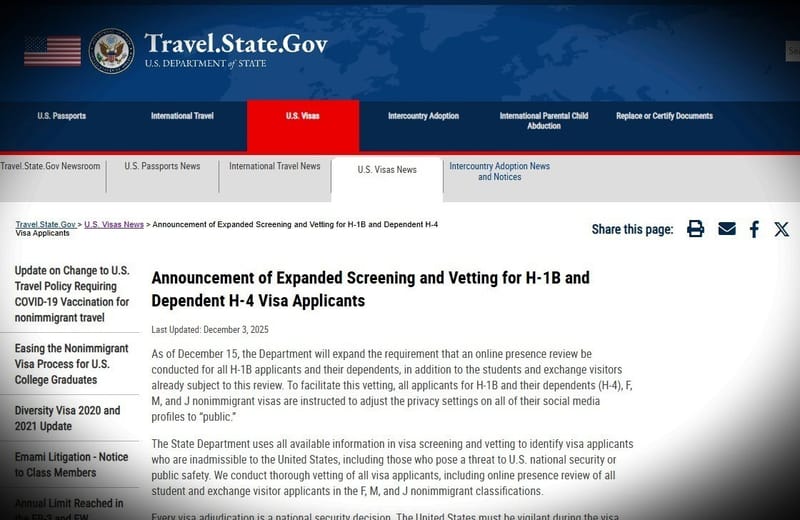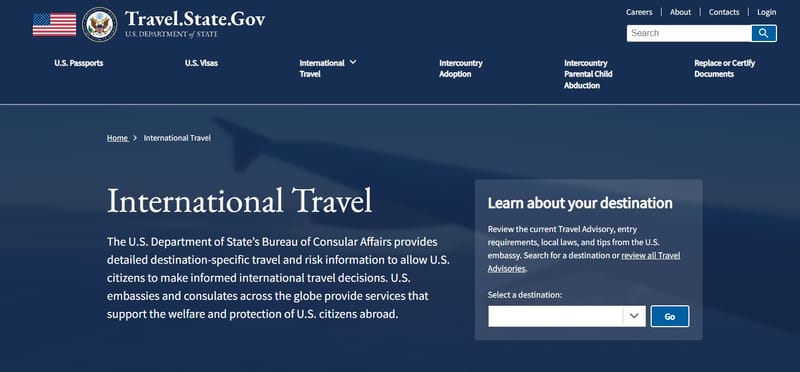USCIS Clarifies $100k H-1B Fee Applies Only to New Petitions, Not Current Holders
This crucial USCIS clarification brings significant relief to thousands of H-1B visa holders and their employers, ensuring financial stability and travel certainty for those already in the system.

Subscribe to our newsletter and stay informed about latest H1B news, policy updates and and other developments.
Article Summary
USCIS clarified that the $100,000 H-1B visa fee will only apply to new petitions, not to current visa holders. This announcement alleviates widespread panic among existing H-1B beneficiaries and those traveling abroad, who feared the fee would be broadly applicable. Consequently, individuals with approved petitions or valid visas can re-enter the US without incurring the new cost.
Original Article: economictimes.indiatimes.com
[ Sentiment: positive | Tone: factual ]
This summary and analysis were generated by TheNewsPublisher's editorial AI. This content is for informational purposes only; it does not constitute legal or immigration advice.
[ Sentiment: positive | Tone: factual ]
This summary and analysis were generated by TheNewsPublisher's editorial AI. This content is for informational purposes only; it does not constitute legal or immigration advice.
TNP AI: Key Insights
This clarification is paramount for current H-1B visa holders and their employers, as it alleviates immediate financial concerns and travel anxieties stemming from the initial broad interpretation of the $100,000 fee. It provides much-needed certainty, allowing individuals to continue their work and travel plans without unexpected, prohibitive costs.
While providing relief for existing visa holders, the underlying policy of a $100,000 fee for new H-1B petitions still represents a substantial increase in talent acquisition costs for employers. This could prompt companies, especially startups, to re-evaluate their reliance on new H-1B sponsorships and potentially shift towards alternative hiring strategies or increased offshore operations, influencing long-term workforce planning.




